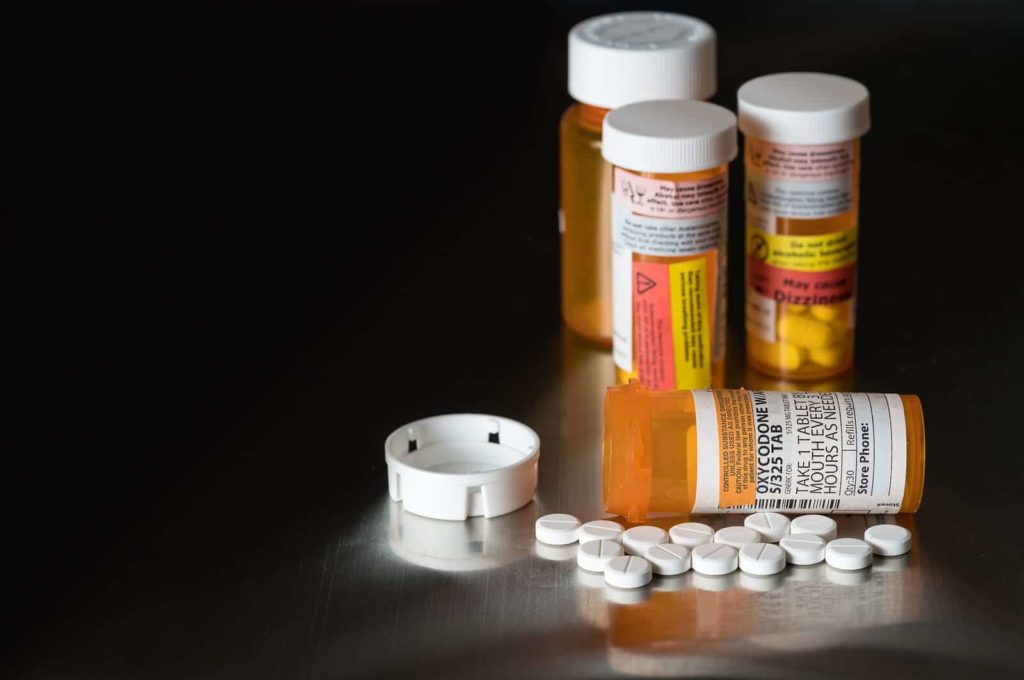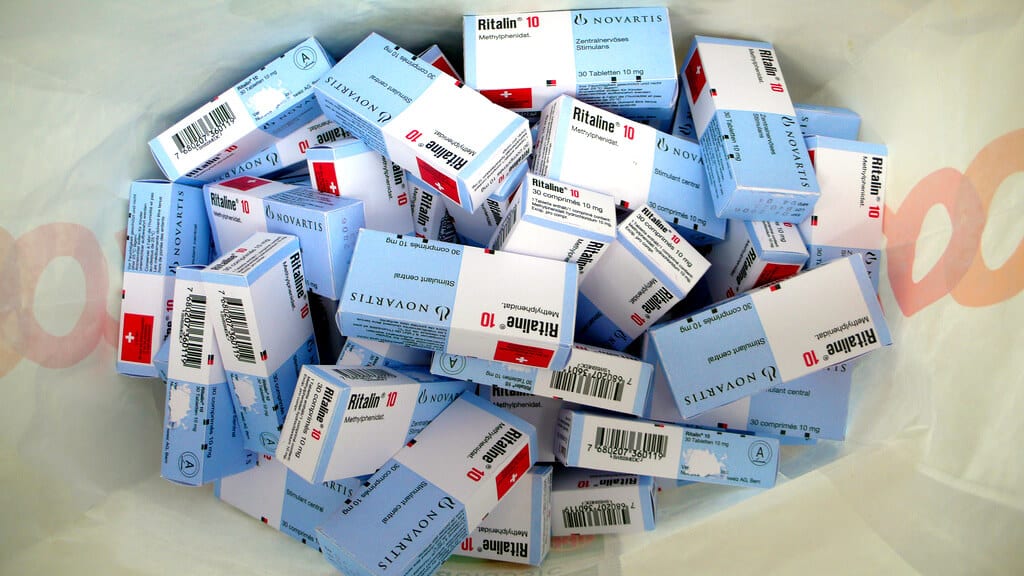
What are Schedule II Drugs? – According to the Drug Enforcement Administration (DEA), “drugs, substances, and certain chemicals used to make drugs” are categorized into one of five categories (schedules) based on the drug’s “acceptable medical use” and the drug’s potential for dependence or abuse. Moreover, the abuse rate is a determining factor in the classification of a drug. As the drug schedule changes (increases numerically) so does the potential for abuse (decreases proportionately.) Schedule I drugs, for example, have a high potential for abuse and produce psychological and/or physical (chemical) dependence. Schedule V drugs, on the other hand, are considered to have a much lower potential for abuse. An alphabetical list of substances and their schedule classifications can be found at the DEA’s website here. This list describes the primary chemical and does not necessarily include “the salts, isomers, and salts of isomers, esters, ethers and derivatives which may also be classified as controlled substances.”
Schedule II Substances

Schedule II substances are drugs with a high potential for abuse which can result in serious psychological or physical dependence. They are also considered dangerous. However, they all have one critical thing in common – they currently have an accepted medical use. Some examples of Schedule II drugs include those detailed below. OpioidsOpioids are narcotic painkillers that are most often indicated for the treatment of moderate to severe pain. Examples of schedule II prescription opioids include:
- Hydrocodone (Vicodin, Norco)
- Hydromorphone (Dilaudid)
- Oxycodone (OxyContin)
- Meperidine (Demerol)
Despite their clinical usefulness, opioids are frequently abused, and the development tolerance and dependency are both possible. For this reason, the Centers for Disease Control and Prevention (CDC) recommend that opioids are only prescribed for acute (short-term) pain such as that experienced following an injury or surgery or in exceptional cases, including cancer or palliative and end-of-life care. Methadone Methadone is also a painkiller but is more commonly prescribed for opioid replacement therapy (ORT.) ORT is beneficial for those who are addicted to more potent opioids – that is, methadone use reduces withdrawal symptoms and cravings for particularly dangerous and illicit drugs such as heroin and fentanyl. Fentanyl Fentanyl is a powerful drug that is clinically indicated for the treatment of severe pain. As a prescription, it is usually administered slowly via a transdermal patch or orally (lollipop.) You will also see fentanyl used in a hospital setting for general anesthesia. It is similar in effect to heroin, but up to 50 times more potent. Fentanyl found on the street, however, is rarely a product of drug diversion. According to the DEA, it is most often manufactured in illicit labs in China. Regardless, fentanyl is a scourge, and in the last few years has been found to be involved in thousands of deaths in the U.S. alone.
Amphetamines and Stimulants

Amphetamines are stimulant drugs that are commonly prescribed to treat attention deficit disorder (ADD), attention-deficit hyperactivity disorder (ADHD), and narcolepsy. Amphetamines are often illicitly diverted and abused by students and people working long hours due to effects that promote wakefulness, alertness, and energy. Common amphetamines include the following:
- Dextroamphetamine (Dexedrine)
- Amphetamine and dextroamphetamine (Adderall)
- Methamphetamine (Desoxyn)
Desoxyn is a medical-grade version of methamphetamine, however, due to limited use, is not often diverted illegally. Methamphetamine itself, like fentanyl, is most often made in illicit, clandestine labs. In the United States, meth labs are much less common than they used to be due to crackdowns on the sale of cough and cold medicines containing pseudoephedrine, the active ingredient needed to make homemade meth. Today, most meth available for sale on the black market is manufactured and imported from Mexico.
Treatment for Drug Addiction
While Schedule II drugs may have less potential for abuse than Schedule I drugs (i.e. heroin) as well as a legitimate medical purpose, abuse is still common and often results in dependency, withdrawal symptoms, and overdose. Drug and alcohol addiction is usually treated initially using a supervised medical detox that includes around-the-clock monitoring by professional staff to ensure client safety and prevent relapse. During this time, medication can be administered to reduce withdrawal symptoms and increase client comfort. Addiction can, furthermore, be effectively treated using comprehensive, evidence-based approaches such as behavioral therapy, counseling, and group support. Our center offers these services in inpatient, partial hospitalization, and outpatient formats. Our clinical staff specializes in addiction and provides our client with the knowledge and tools they need to quit substance abuse for good and enjoy a full recovery and longstanding sobriety.drug addictionShare on Facebook